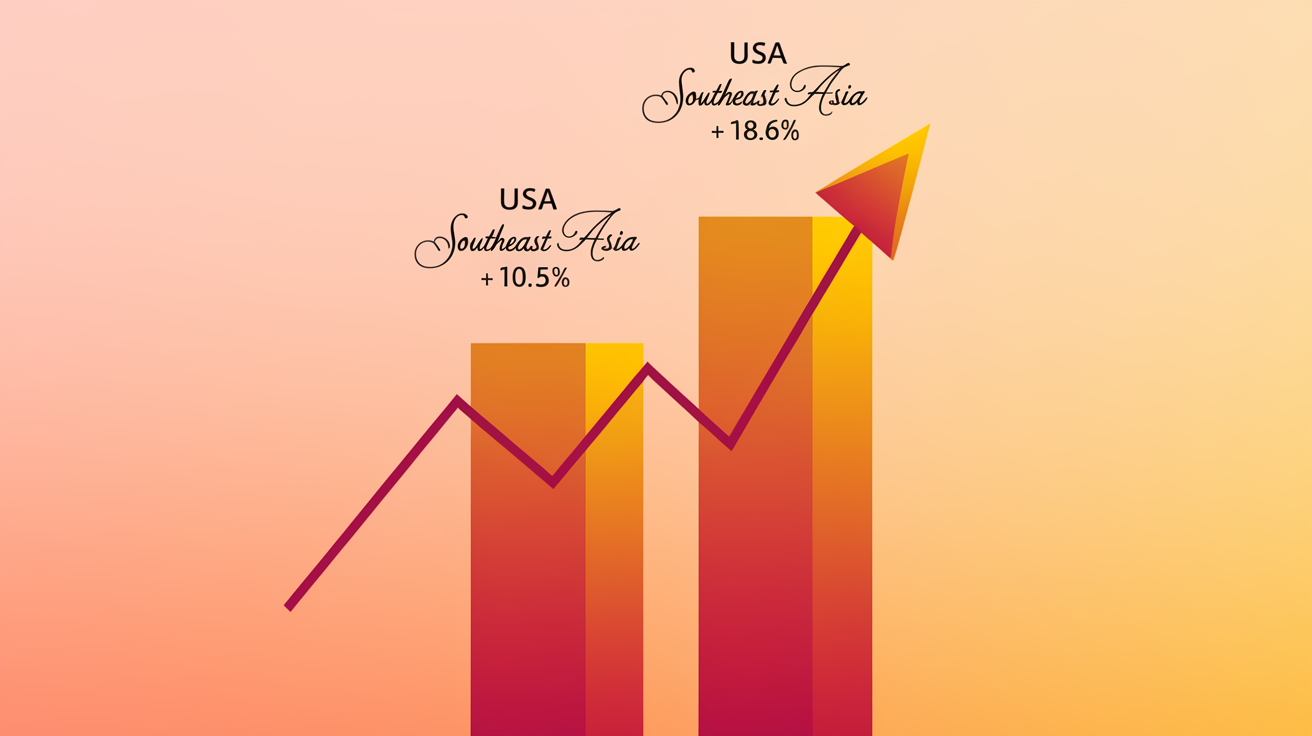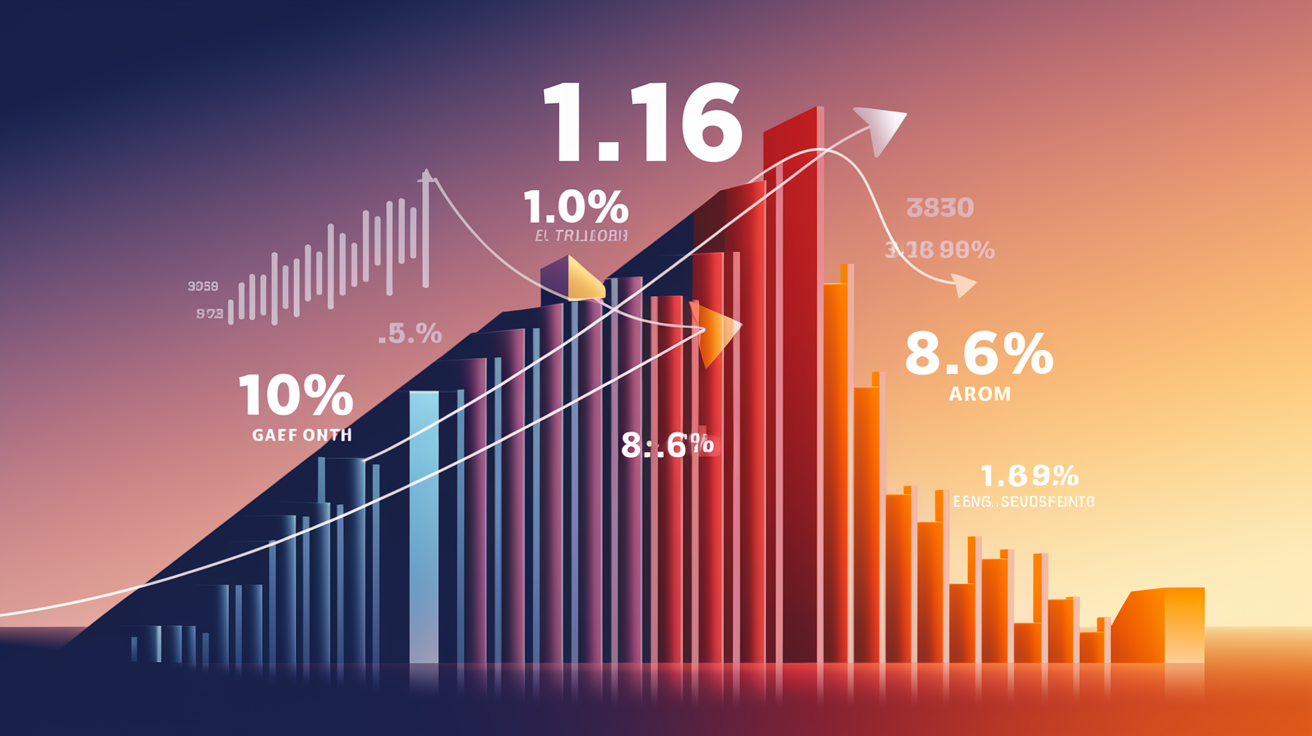E-Commerce is the gold rush of our times, with two titans—USA and Asia—leading the charge. While the USA, with its trillion-dollar market, advances with steady growth, Asia, driven by China, is racing ahead at a surprising speed. This article explores the contrasting market sizes and growth rates before analyzing the technological forces driving these dynamic landscapes. Investors and private stakeholders will find a treasure trove of insights on where their next opportunity might be waiting.
Global Champions: Dynamics of E-Commerce in the USA and Asia

The E-Commerce sector is at the forefront of modern commerce, and its development in the USA and Asia offers a fascinating study of economic dynamics and innovations. In the USA, the E-Commerce market shows a consolidated structure, characterized by significant players and technological integration. Amazon, Walmart, and others are focusing on omnichannel strategies that connect physical stores with online platforms to create seamless, customer-oriented experiences. The American market has continued to optimize due to convenience, rapid home delivery, and the use of artificial intelligence.
In contrast, the situation in Asia is different, where E-Commerce is growing at a frenetic pace, primarily driven by the market power of China. Platforms like Alibaba and JD.com leverage high internet penetration and consumers’ love for mobile shopping. The population there is digitally engaged, and ongoing technological evolution, including 5G, fuels growth. Particularly notable is the rise in Southeast Asia, where countries like Indonesia and the Philippines are quickly catching up due to demographic changes.
Comparing the pace of growth, Asia can be considered the dynamic leader with faster progress. China is at the forefront with its revolutionary strategy of live commerce and user-generated content on social platforms, offering consumers new shopping experiences and opening new business opportunities.
The trends in both regions reflect both developments and challenges. While the USA focuses on omnichannel integration and delivery speed, Asia emphasizes expansion and the use of social commerce. This also involves risks and challenges, such as the need for solid infrastructures and sophisticated logistical networks. Despite these challenges, both the USA and Asia offer remarkable opportunities in a competitive E-Commerce environment. The specific dynamics of both markets make them fascinating objects of study and a focal point of modern commerce strategies.
Technological Factors for Innovation in E-Commerce: USA vs. Asia

The growth of E-Commerce in the USA and Asia reveals a fascinating divergence characterized by the use of different technological factors. These technological influencers are decisive in defining current and future market dynamics in both regions.
In the USA, there is a strong commitment to transforming online markets through an intensified use of artificial intelligence (AI) and big data. Companies are heavily focused on optimizing personalized shopping experiences. AI enables the collection and analysis of detailed customer data to generate personalized recommendations and create targeted marketing campaigns. This approach is complemented by the wide acceptance of digital payment systems like Apple Pay and Google Pay, which streamline and accelerate the E-Commerce process.
At the same time, Mobile Commerce has gained a strong foothold in the USA. Consumers are increasingly using their smartphones for online purchases. This development forces companies to optimize mobile apps and websites to meet the needs of digital shoppers. Simon & Schuster, for example, may already have well-known customers through tailored app features and improved payment convenience. Small and medium-sized enterprises also benefit from platforms like Shopify and WooCommerce that allow them to offer seamless online experiences.
In Asia, in contrast, Mobile Commerce and digital transformation dominate the E-Commerce scene. Countries like China and South Korea are at the forefront of adopting mobile payment services, whose popularity is fueled by high usability and security standards. Systems like Alipay and WeChat Pay are ubiquitous and support a market strongly focused on mobile-first strategies.
Moreover, social media plays a dominant role in the Asian E-Commerce ecosystem. Platforms like WeChat and TikTok not only serve for social interaction but have also become important sales and advertising channels. This deep integration of social and commercial content has proven particularly effective in reaching new consumer groups.
The comparison of these technological influences shows that while the USA focuses on personalized, data-driven solutions, Asia stands out for mobile and digital innovations. Despite these different approaches, both regions significantly drive forward the growth of E-Commerce through these technological advancements. This lays the foundation for a continuously expanding market that offers both challenges and opportunities.